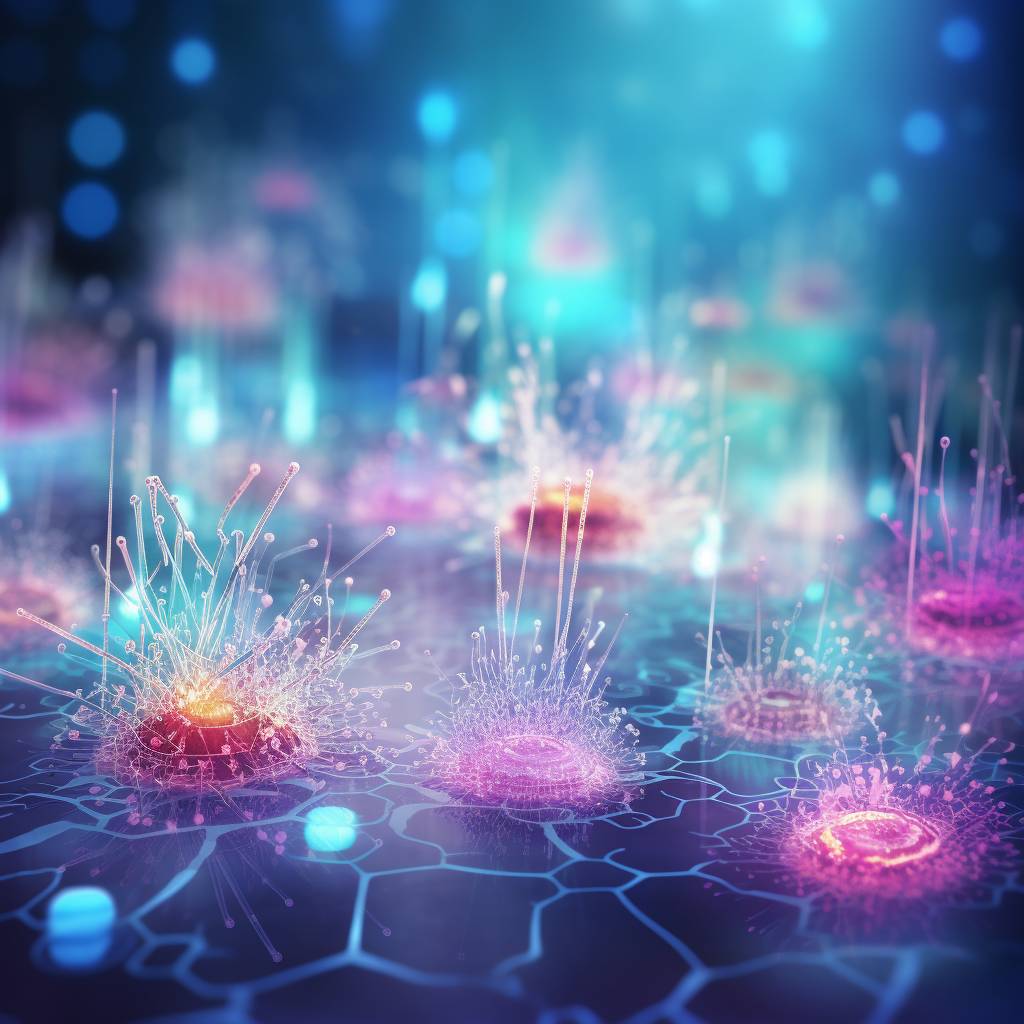In a groundbreaking revelation in 2020, a team from Univ. of Massachusetts Amhurst put forth a scientific paper detailing how minuscule protein nanowires, the byproduct of a specific bacteria, could be used to generate electricity from atmospheric moisture. Led by Amhurst Professor Jun Yao, the team of researchers has announced another major breakthrough in this aptly-named ‘Air-gen’ technology. The exact process is still being examined, but it appears that the minuscule pores in the material can capture airborne water molecules. When these molecules come into contact with the material, they seem to impart an electrical charge.
Yao elucidates that in such a system, the majority of the molecules cling to the surface, depositing a significant amount of electrical charge, while a few others infiltrate more deeply. This results in a charge discrepancy between the top and bottom portions of the material layer. “Over time, you observe a separation of charges,” Yao explains, likening it to the phenomenon occurring within a cloud.
In a similar but much grander and more dramatic fashion, storm clouds accumulate opposing electrical charges that eventually release as lightning. This implies that by manipulating the movement of water molecules and creating the perfect conditions for charge separation, electricity can be produced. “The device can function virtually anywhere on Earth,” Yao asserts.
However, the 2020 paper was just the beginning. In May 2023, Yao and his team published a subsequent study detailing their creation of a similar structure filled with nanopores using a range of materials including graphene oxide flakes, polymers, and cellulose nanofibers derived from wood. Despite minor variations, all materials proved effective, indicating that the structure is more critical than the material itself.
The experiments conducted thus far have shown that devices slimmer than a human hair can generate minute amounts of electricity, equating to a fraction of a volt. Yao postulates that by simply producing more material or connecting pieces of it together, one could start to acquire useful charges of multiple volts and above. He even suggests that it could be made from a liquid that could be sprayed onto surfaces to provide an immediate power source.
Reshma Rao, a materials engineer at Imperial College London who was not involved in the study, expresses her excitement about these findings. “There’s immense flexibility in the types of materials you can use,” she says. However, she cautions against envisioning such technology powering large structures or power-intensive machines like cars. The humidity might only suffice to power Internet-of-things devices such as sensors or small wearable electronics.
For those involved in electronic design, this development could prove revolutionary. This technology could potentially provide an eco-friendly power source for small devices and computers, reducing our reliance on traditional energy sources. It also opens up possibilities for modifying existing systems to incorporate this new technology.
While the technology is still in its infancy, it holds great promise for the future of electronics and electrical power generation. The potential applications are numerous and could lead to significant advancements in sustainability and energy efficiency.
Perhaps even more importantly: as we continue to push boundaries and explore new frontiers in technology and science, discoveries like these remind us of the infinite possibilities that lie ahead.
